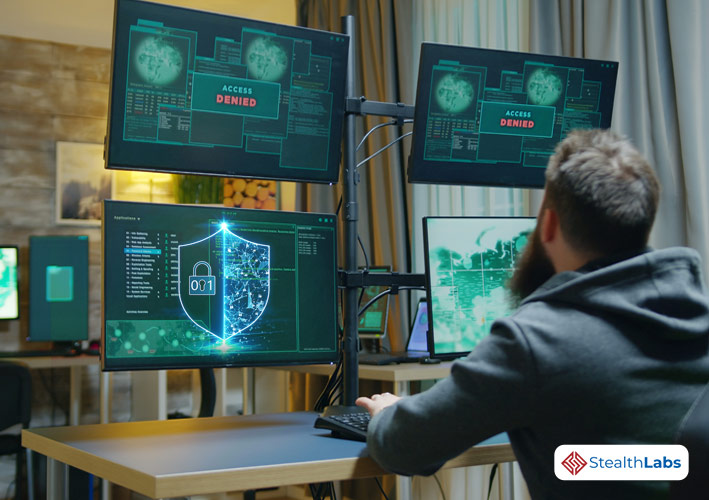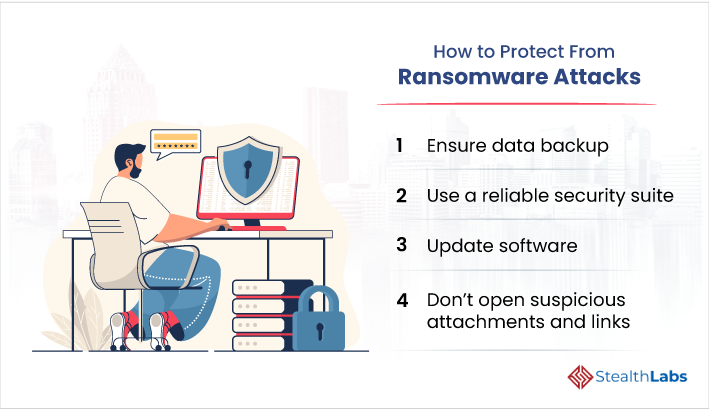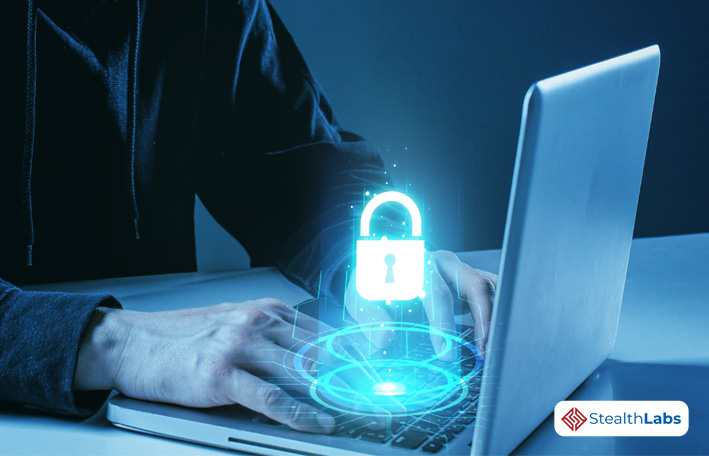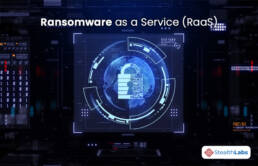Ransomware attacks can happen to any company at any time, and they frequently made headlines in 2022 due to substantial impact sustained by industries worldwide. The volume of ransomware attacks and data breaches increases significantly every year, and it can be costly for individuals, customers, and organizations. Nowadays, cybercriminals have made ransomware incidents as a regular cybersecurity occurrence. Usually, ransomware gangs (hackers) use malicious software to scramble and steal a company’s data. As a result, ransomware as a service or RaaS has seen enormous growth in the short span of time since its emergence.
Ransomware attacks continue to be a severe threat to companies, and these attacks are on a steep upward trend. The incidents increased by 50 percent globally compared to the previous quarter. 2021 witnessed massive ransomware attacks against targets ranging from global technology companies to international meat producers.
According to Sophos’ survey, the average cost of a ransom situation was ten times higher than the ransom paid. Moreover, the same survey reveals that only one in 10 organizations got their total data back when they paid the ransom. A separate analysis by Hornet security stated that 1 in every four organizations had suffered an email security breach. The average downtime a company experiences after an attack is 21 days, and the average amount that organizations were forced to pay was USD 1,70,404 in 2020.
Before going in-depth info about RaaS, let’s explore what ransomware is, what is ransomware as a services, how the RaaS model works and how to prevent a ransomware attack.
What is Ransomware?

Ransomware is a process of malware attack designed to deny an organization or individual to access their files on their computers and demands ransom payment in order to restore access. Ransomware is a severe threat, and this issue is getting worse over time. Some ransomware authors sell the services to other threat actors, also known as Ransomware as a Service (RaaS).
Useful Link: Top Security Techniques to Protect Internet of Things Infrastructure
What is Ransomware as a Service (RaaS)?
Ransomware as a Service (RaaS) is a subscription-based malicious model that allows novice cybercriminals to sign up and operate malicious tools for conducting ransomware attacks without technical knowledge. RaaS offers the pay-for-use malware that permits hackers to use techniques, sophisticated and proven tactics, and procedures to perpetrate the cyber-attack. RaaS is a growing underground industry trend that continues to place sensitive data at high risk.
It is commonly used by threat actors who don’t have too much technical knowledge of how to create ransomware. It is easy to find cybercriminals on the dark web, where they advertise to sell their services, same as a software as a service (SaaS) model.
The hackers commonly target critical infrastructure and supply chains such as food, transportation, energy, finance, and healthcare. These companies have a short window of acceptable downtime, and they are more likely to pay.
Ransomware attacks are implemented using social engineering tactics such as phishing email scams. It often spreads from the first infected device to other devices connected on the same network, such as databases or servers on a corporate network.
How does ransomware as a service model work?
Most victims of ransomware are breached via phishing attacks. Phishing is a popular method of stealing sensitive data like payment details and passwords through a seemingly innocuous source. They are the primary source of a cyber-attack; when victims click on a link, they automatically activate a cyber threat.
Under this malicious model, threat actors write ransomware code, and RaaS developers create software with a low discovery chance and high penetration rate. Once the code is developed, it’s adapted to a multi-end user infrastructure. The software model is then ready to be licensed to numerous affiliates. The operator offers the affiliate a malware version with a unique feature. Every time a target company pays the ransom through a bitcoin or other cryptocurrencies, the affiliates share the percentage value with the operator.
According to the analysis by BankInfoSecurity, Darkside operators pay 75 – 90 percent to affiliates, and REvil pays 30 – 40 percent to affiliates. RaaS operators have websites, and they run marketing campaigns that look exactly like your own company’s websites or campaigns. In addition, they publish whitepapers, videos and also active on social media websites.
Useful Link: Passwordless Authentication: All You Need To Know!
Some best examples of RaaS kits include:
- Goliath
- Shark
- Encryptor
- Locky
- Stampado
- Jokeroo
How to protect from ransomware attacks

The most effective strategy to protect from a ransomware attack is continuously monitoring your ecosystem for vulnerabilities and educating employees on how to identify phishing attacks. The below-mentioned steps are best practices to help mitigate the risk of a ransomware attack.
1) Ensure data backup
The most crucial step to protect from attack is to implement a data backup and recovery plan. The threat actors always target users’ sensitive data, and it’s significant to keep a copy of your valuable data ready when required. In addition, users can back up their data on cloud servers for better security. This simple process will help you recover data back if you suffer a cyber-attack.
2) Use a reliable security suite
To protect your system from this malicious attack, you should install reliable anti-malware software. These anti-malware software tools will work on advanced algorithms to detect the attackers and even remove ransomware threats in some cases. Moreover, it automatically detects threats in the background to provide 24/7 security against malware threats.
3) Update software
Hackers are always looking to target your system’s software. Updating your system software will offer you better security against all existing cyber-attacks. Moreover, updating system software as updates and patches will help you avoid ransomware attacks.
4) Don’t open suspicious attachments and links
As discussed earlier, a common attack vector for cybercriminals is email phishing and exploit kits. Don’t open an unknown attachment and an email containing links. It might be infected with malware software. Having anti-phishing email security in place will help you avert RaaS attacks.
Useful Link: Top 5 Remote Work Cybersecurity Threats
Closing Thoughts on Ransomware as a Service

Ransomware as a Service is increasing every year because it is easy to deploy, cheap, powerful, and doesn’t demand any technical expertise. The best defenses against this malicious attack are AV/AM solutions, frequent patching, and vigilance. However, reputational risks and monetary are high if companies don’t have a proper cybersecurity plan.
It’s better to hire a security partner such as StealthLabs to safeguard your company from RaaS attacks. StealthLabs offers numerous services, including compliance advisory, managed IT security, incident response, and Identity and access management with strong domain expertise.
So, contact us and make the best of your business.
Additional Resources:

